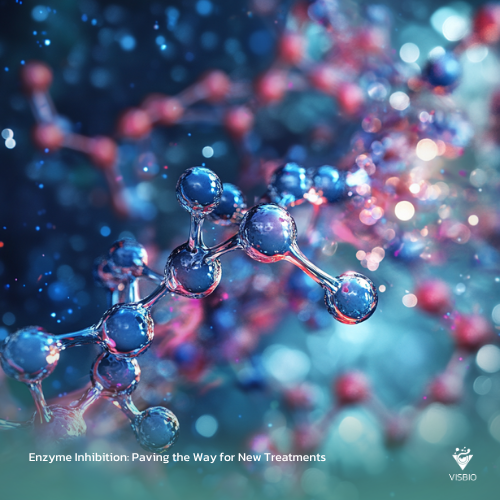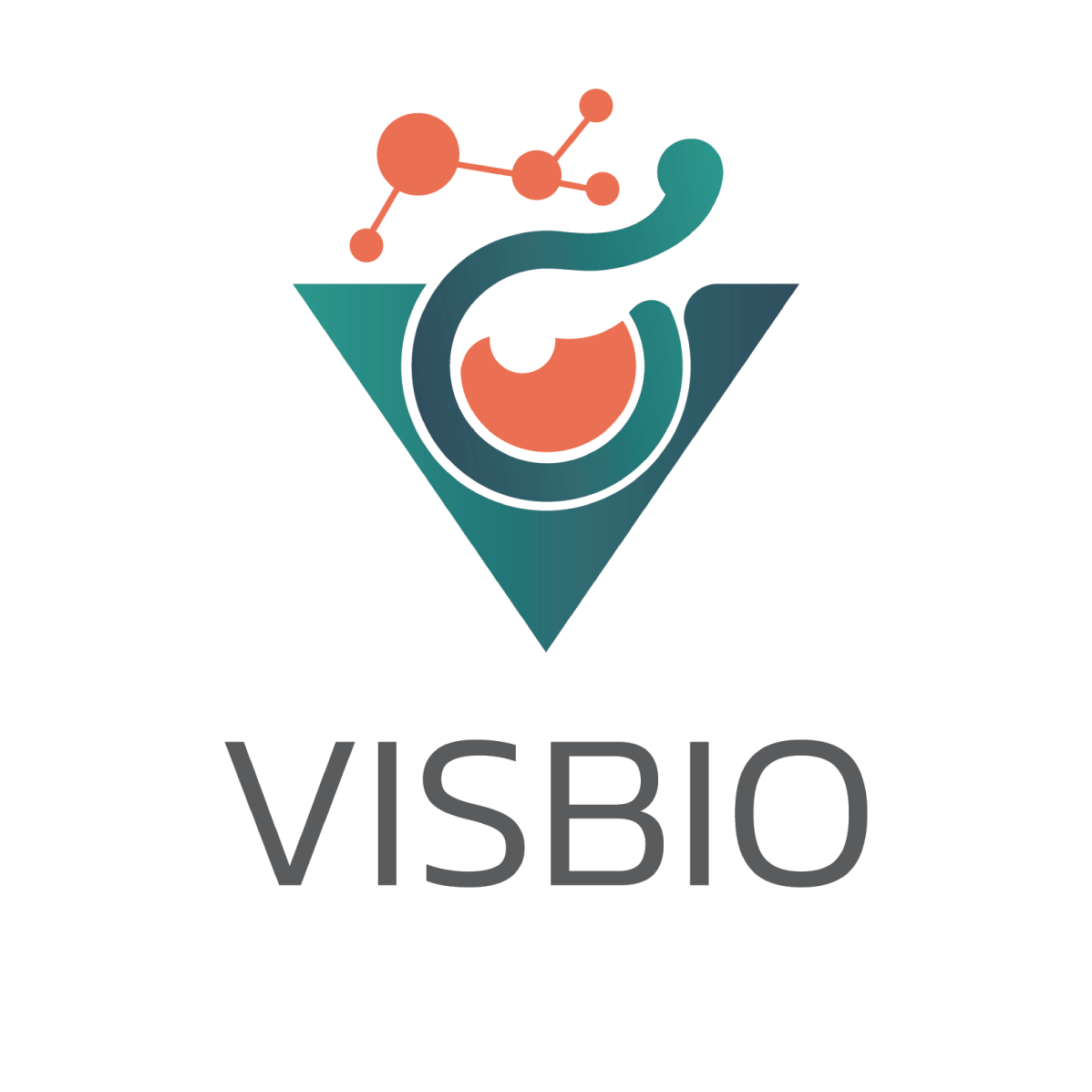The natural world has long been a source of pharmaceutical innovation, offering a treasure trove of bioactive compounds that can inspire new treatments for diseases. From plant extracts to marine organisms, nature has provided the foundation for numerous breakthrough drugs. One particularly rich source of such compounds is lichen, a symbiotic organism composed of fungi and algae or cyanobacteria. Lichens produce a variety of secondary metabolites, many of which exhibit antimicrobial, anticancer, and antiviral properties. These naturally occurring molecules are gaining attention from researchers looking to develop new enzyme inhibitors and antiviral agents, especially in light of global health challenges like HIV and COVID-19.
In this context, the recent research titled “Diphenyl ethers from the cultured lichen mycobiont of Graphis handelii Zahlbr,” researchers including Associate Professor Dr. Kiattawee Choowongkomon, uncovers new compounds with significant therapeutic potential. The study focuses on handelone, a newly discovered diphenyl ether derived from the cultured lichen Graphis handelii. The paper highlights the isolation and synthesis of several derivatives of handelone, showcasing their potential as inhibitors of key enzymes like SARS-CoV-2 Mpro and HIV-1 reverse transcriptase. This discovery not only opens up new avenues for antiviral drug development but also emphasizes the vast, untapped potential of natural products in combating diseases.
Exploring the Therapeutic Potential of Diphenyl Ethers
Lichens, particularly their mycobionts (fungal partners), are known for producing unique and bioactive secondary metabolites. These metabolites often possess structures not easily synthesized in the lab, making them valuable in the search for new pharmaceuticals. In this study, the cultured lichen mycobiont of Graphis handelii, which grows in Vietnam, was chemically investigated. The researchers isolated a novel compound, handelone, along with its synthetic derivatives. These compounds were evaluated for their inhibitory effects on several enzymes, including alpha-glucosidase, HIV-1 reverse transcriptase, and SARS-CoV-2 Mpro, the latter being a key target in the treatment of COVID-19.


Enzyme Inhibition: Paving the Way for New Treatments
Enzyme inhibition is a cornerstone of modern pharmacology, playing a crucial role in controlling various diseases, from metabolic disorders to viral infections. In this study, handelone and its derivatives were screened for their ability to inhibit enzymes such as alpha-glucosidase, which is involved in carbohydrate metabolism and is a target for diabetes treatments. Although the alpha-glucosidase inhibitory effects of these compounds were relatively modest, the findings provide a valuable foundation for further optimization of these molecules. By modifying the chemical structure of handelone, it may be possible to enhance its effectiveness as an enzyme inhibitor, potentially leading to the development of new treatments for diabetes and related metabolic disorders.
The study also explored the potential of these compounds to inhibit HIV-1 reverse transcriptase, an enzyme essential for the replication of the HIV-1 virus. While the inhibition levels were moderate, the identification of natural compounds with HIV-1 reverse transcriptase inhibitory activity is a significant step toward developing new antiretroviral therapies, especially in an era where drug resistance is a growing concern.
The Breakthrough in SARS-CoV-2 Mpro Inhibition
The most striking finding in this research is the ability of handelone to inhibit the SARS-CoV-2 main protease (Mpro), a crucial enzyme in the replication of the virus that causes COVID-19. The Mpro enzyme is responsible for processing viral proteins that are essential for the replication of the virus within host cells. By inhibiting this enzyme, it is possible to prevent the virus from multiplying, offering a potential therapeutic strategy for treating COVID-19.
In laboratory tests, handelone demonstrated strong SARS-CoV-2 Mpro inhibitory activity,

with an IC50 value of 5.2 μM. This level of activity suggests that handelone is a promising candidate for further development as an antiviral agent. The study also included molecular docking simulations, which revealed how handelone interacts with the active site of the Mpro enzyme, forming hydrogen bonds with key amino acids. This detailed molecular insight is crucial for optimizing the structure of handelone and its derivatives to enhance their potency as Mpro inhibitors.
The discovery of this activity positions handelone as a valuable lead compound in the search for new treatments against SARS-CoV-2, especially as drug resistance and new variants of the virus continue to emerge.
Synthetic Modification for Enhanced Bioactivity
In an effort to improve the bioactivity of handelone, the researchers synthesized several brominated and chlorinated derivatives. These new compounds, including 6′-bromohandelone, 2′-bromohandelone, 2′,6′-dibromohandelone, and 2′,6′-dichlorohandelone, were evaluated for their biological activity. Bromination and chlorination are common strategies used in medicinal chemistry to modify the chemical properties of a compound, often leading to enhanced bioactivity. While these synthetic derivatives displayed varying levels of enzyme inhibition, the researchers believe there is still significant potential to further refine these compounds for therapeutic use.
Notably, while some of the synthetic derivatives did not show significant improvements in HIV-1 reverse transcriptase or alpha-glucosidase inhibition, their potential in Mpro inhibition remains an exciting prospect. These findings highlight the importance of continued research into the optimization of natural compounds through chemical modification.
The Untapped Potential of Lichen-Derived Compounds
Lichen-derived compounds like handelone represent a relatively untapped resource in drug development. Lichens are known for their resilience and ability to thrive in extreme environments, which may contribute to the production of unique secondary metabolites with potent biological activities. The Graphis handelii mycobiont is just one example of how lichen species can be harnessed to produce bioactive compounds with therapeutic potential.
The discovery of diphenyl ethers like handelone highlights the need for further exploration of lichen-derived compounds. Their complex chemical structures and broad range of biological activities make them ideal candidates for drug discovery, particularly in the fields of antiviral, antidiabetic, and anticancer research.
What Does This Mean for Your Business?
For businesses in the pharmaceutical, biotechnology, and healthcare sectors, the discovery of handelone and its SARS-CoV-2 Mpro inhibitory activity presents a unique opportunity. As the world continues to battle the COVID-19 pandemic, the demand for antiviral agents is at an all-time high. Handelone, with its proven activity against a key viral enzyme, could be developed into a potent antiviral drug, offering a competitive edge in the global healthcare market.
Moreover, the study’s findings on HIV-1 reverse transcriptase inhibition provide a promising foundation for developing new treatments for HIV. As drug resistance continues to challenge current therapies, natural compounds like handelone could serve as the basis for next-generation antiretroviral treatments.
Investing in the development of natural enzyme inhibitors and antiviral agents can position your business as a leader in the growing market for plant-based and sustainable healthcare solutions. With the increasing consumer demand for natural therapies, developing products based on lichen-derived compounds can offer a significant market advantage.
Collaborating with research institutions like Dr. Kiattawee’s team provides a fast track to commercialization, offering early access to groundbreaking natural therapies and intellectual property rights. By incorporating these bioactive compounds into your product development pipeline, your business can lead the way in creating innovative solutions to global health challenges.
What Does This Mean for Your Business?
The discovery of diphenyl ethers from Graphis handelii represents a significant advancement in the search for new antiviral therapies and enzyme inhibitors. Compounds like handelone have the potential to reshape the way we approach diseases like COVID-19, HIV, and diabetes. As the pharmaceutical industry continues to seek out new, effective treatments, the potential of lichen-derived compounds remains vast and largely unexplored.
By investing in the development and commercialization of these compounds, businesses can play a pivotal role in addressing some of the most pressing health challenges of our time.
Partner with Us for Cutting-Edge Natural Therapies
Join us in unlocking the potential of natural compounds for global health. We invite pharmaceutical and biotech companies to collaborate with us in exploring the commercial applications of these groundbreaking discoveries. Contact us today for a free consultation to learn how diphenyl ethers from Graphis handelii can be integrated into your product offerings and contribute to the future of healthcare.

About the Author:
Associate Professor Dr. Kiattawee Choowongkomon is a leading expert in biochemistry with over 200 published works. His research focuses on natural bioactive compounds, enzyme inhibition, and protein structure, with significant contributions to the development of antiviral therapies. Dr. Kiattawee has collaborated extensively with both academic institutions and industry partners to bring innovative, nature-derived therapies to market.
About the Research:
This study, titled “Diphenyl ethers from the cultured lichen mycobiont of Graphis handelii Zahlbr,” was published in the journal Heliyon and is available at DOI: 10.1016/j.heliyon.2024.024032. It focuses on the isolation, characterization, and synthetic modification of handelone, a newly discovered diphenyl ether, and its potential for enzyme inhibition, including SARS-CoV-2 Mpro and HIV-1 reverse transcriptase inhibition.


